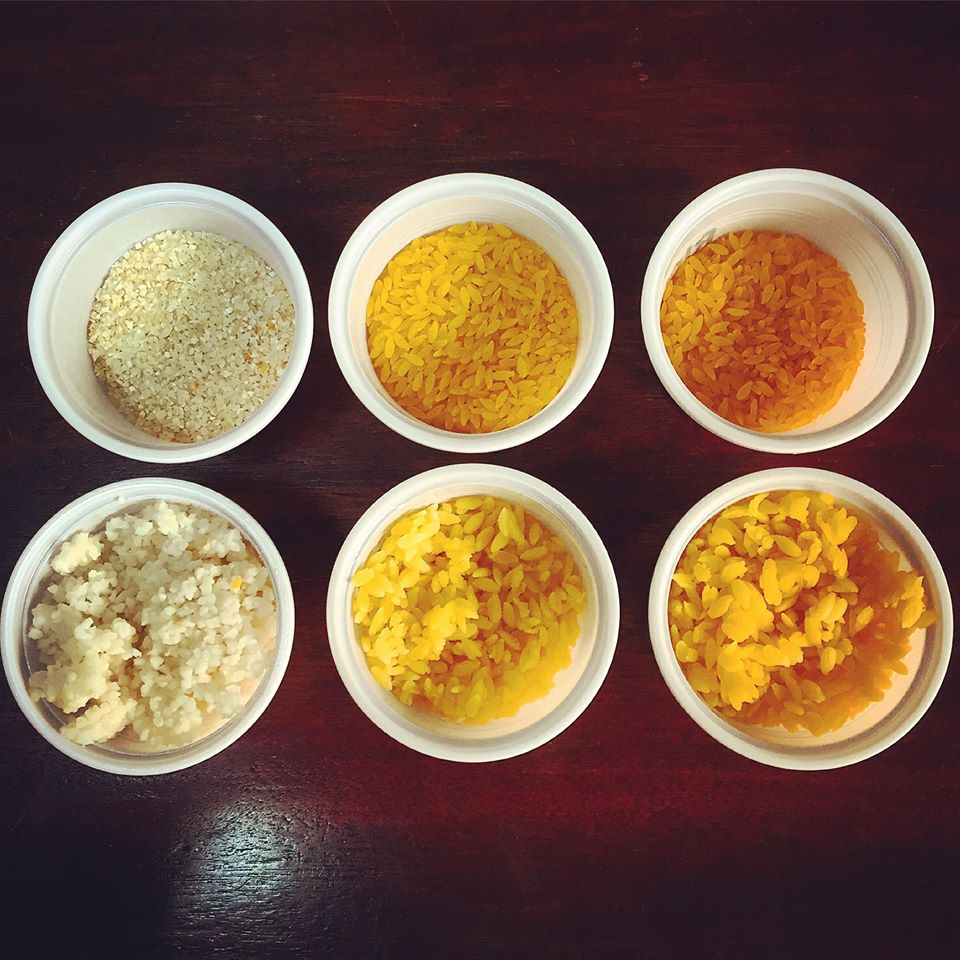Filtered By: Scitech
SciTech
What you should know about ‘fake rice’—and why not all fabricated rice is bad
By BEA MONTENEGRO, GMA News
Much has been said recently about so-called "fake rice" made from indigestible plastic. However, not all such "fabricated rice" is inedible nor unhealthy.
The key difference between the controversial "fake rice" recently discovered in Davao and legitimate "fabricated rice" is their chemical composition. The so-called "fake rice" contains plastic, whereas "fabricated rice" may be made of healthily digestible ingredients such as starch.
According to University of the Philippines professor Dr. Alonzo Gabriel, an important distinction needs to be made between "fake rice" and "fabricated rice".
Simply put, according to Gabriel, fabricated rice is safe for consumption while fake rice isn’t.
“These are made up of corn which was pregelatinized (boiled or steamed) before being extruded (shaped like) into rice grains,” Gabriel wrote, referring to fabricated rice. “These are NOT 'fake rice' and are safe to consume.”

Examples of fabricated rice (center and right) made from corn and are safe for consumption. Sample on left is white corn grits. Dr. Alonzo Gabriel
While fabricated rice is made of corn—which can be eaten safely—it’s been found that the fake rice samples obtained in Davao have been contaminated dibutyl phthalate (DBP) and other chemicals used in pharmaceutical tablets.
Difference of fabricated rice
Gabriel, a professor at the Department of Food Science and Nutrition in UP Diliman’s College of Home Economics, said that fabricated rice is created through the process of extrusion. The process is used to create desired shapes in food. Some of the products of extrusion are cereal and pasta.
There are actually some brands of fabricated rice that are already commercially available and safe to eat, and Gabriel mentions that the lab he’s part of is also working on creating other market forms of fabricated rice, like ready-to-eat products, that could be utilized in disaster relief situations.
Food defense
The distribution of the fake rice in Davao is a move against the country’s food defense.
According to Gabriel, food defense is, “The assurance that no one will tamper with the food system intentionally.” On the other hand, food safety is more concerned with natural threats to food production, like bad weather.
“Plasticizers don’t appear naturally in starch,” Gabriel said, talking about the chemicals found in the fake rice. — TJD, GMA News
More Videos
Most Popular



